Kauai Physical Therapy Blog
Home of Action Physical Therapy: Kauai's Premier Physical Therapy and Personal Fitness Clinic
News
Chikungunya
Chikungunya virus is transmitted to people by mosquitoes. The most common symptoms of chikungunya virus infection are fever and joint pain. Other symptoms may include headache, muscle pain, joint swelling, or rash. Outbreaks have occurred in countries in Africa, Asia, Europe, and the Indian and Pacific Oceans. In late 2013, chikungunya virus was found for the first time in the Americas on islands in the Caribbean. There is a risk that the virus will be imported to new areas by infected travelers. There is no vaccine to prevent or medicine to treat chikungunya virus infection. Travelers can protect themselves by preventing mosquito bites. When traveling to countries with chikungunya virus, use insect repellent, wear long sleeves and pants, and stay in places with air conditioning or that use window and door screens.
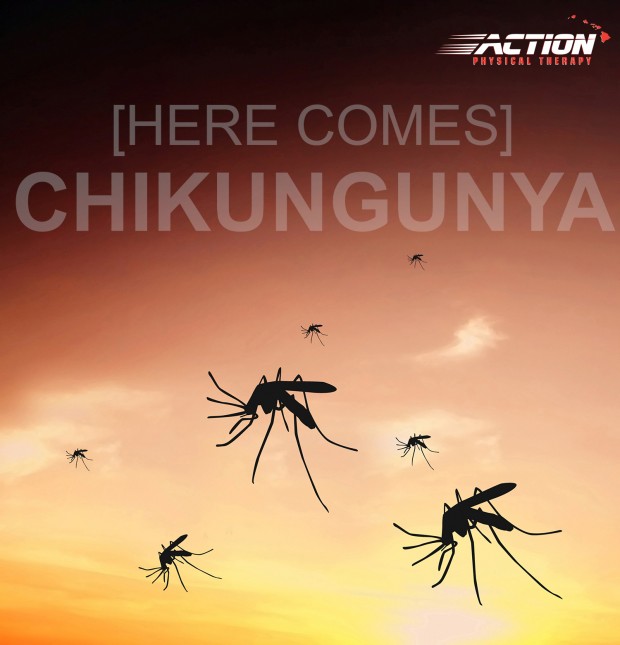
Prevention
- No vaccine exists to prevent chikungunya virus infection or disease.
- Prevent chikungunya virus infection by avoiding mosquito bites (see below).
- The mosquitoes that spread the chikungunya virus bite mostly during the daytime.
Protect Yourself from Mosquito Bites
- Use air conditioning or window/door screens to keep mosquitoes outside. If you are not able to protect yourself from mosquitoes inside your home or hotel, sleep under a mosquito bed net.
- Help reduce the number of mosquitoes outside your home or hotel room by emptying standing water from containers such as flowerpots or buckets.
- When weather permits, wear long-sleeved shirts and long pants.
- Use insect repellents.
- Repellents containing DEET, picaridin, IR3535, and oil of lemon eucalyptus and para-menthane-diol products provide long lasting protection.
- If you use both sunscreen and insect repellent, apply the sunscreen first and then the repellent.
- Do not spray repellent on the skin under your clothing.
- Treat clothing with permethrin or purchase permethrin-treated clothing.
- Always follow the label instructions when using insect repellent or sunscreen.
- More information about insect repellents can be found on the CDC West Nile virus website, “Insect Repellent Use & Safety”.
Stay Healthy by Playing Less? Dr. Andrews thinks so. You should listen.
Dr. James Andrews is the undisputed rock star of orthopedic surgeons. His personal statistics regarding number of surgeries are mind-numbing. The list of who’s who in professional and collegiate sports he has repaired is unparalleled. The contracts his patients have signed post surgery exceeds a billion dollars. To put it succinctly, Dr. Andrews is the authority on sport injuries. Now he wants you to stop playing sports so much. Read on.
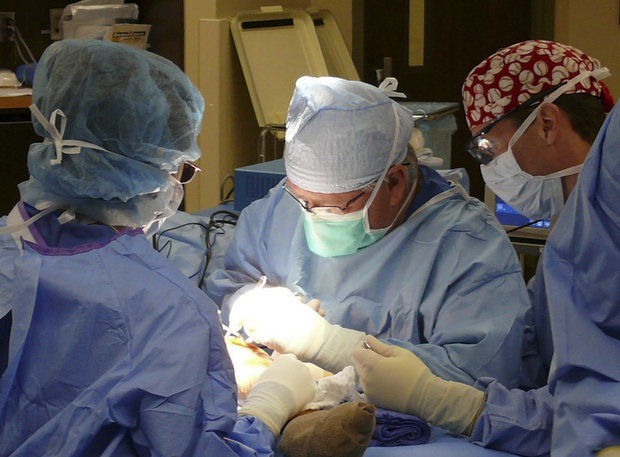
The crux of Dr. Andrews new book, Any Given Monday: Sports Injuries and How to Prevent Them, for Athletes, Parents and Coaches — Based on My Life in Sports Medicine, and personal goal is to stop treating child athletes like they are adults. “I hate to see the kids that we used to not see get hurt. … Now they’re coming in with adult, mature-type sports injuries. It’s a real mess. Maybe this book will help make a dent,” states Dr. Andrews.
His advice is simple. First, kids need a rest between seasons. He advises against specialization where a child plays a sport year round exposing them to more traumatic and repetitive injuries. And second, a child shouldn’t be worked out as if they are a adult. Training for children should be geared towards the child’s age.
For more in depth information on Dr. Andrews and sports medicine click here:
Or watch the video here:
Soreness from Your Workout Doesn’t Mean You’re Getting Stronger.
Muscle soreness caused from working out doesn’t make you stronger. Soreness just makes you hurt. Lifting heavier weights makes you stronger, because that is what stronger means–the ability to produce more force.
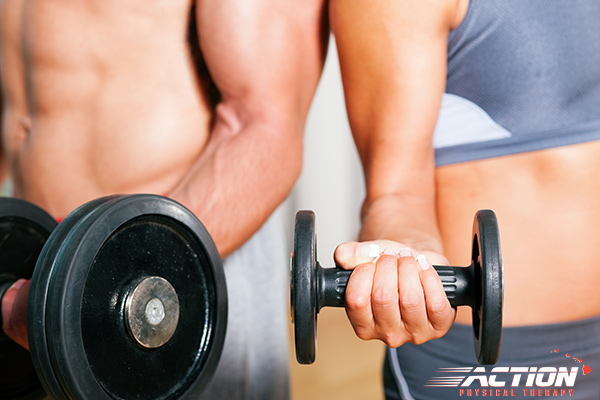
In the article, “Why Being Sore Doesn’t Mean You’re Getting Stronger,” posted on PJMedia.com, we learn that soreness doesn’t mean progress. There are three modes of muscle contraction: Concentric, Eccentric, and Isometric, but it is only eccentric muscular contractions that will create muscular soreness. This article breaks down the three types of muscular contractions and explains what is happening to your muscles to make you feel sore. This soreness is a normal part of training, but chronic systemic inflammation is a very bad thing for your health.
Click here to read this interesting article on PJMedia.com
PJMedia is a blog that sheds light on issues important to Americans through insightful reporting, commentary and analysis.
Why Do Joints Pop and Crack?
Do you crack your knuckles? Have you ever wondered why they make a popping, cracking, grinding, or snapping sound? SciShow explains what really causes those popping sounds your joints.
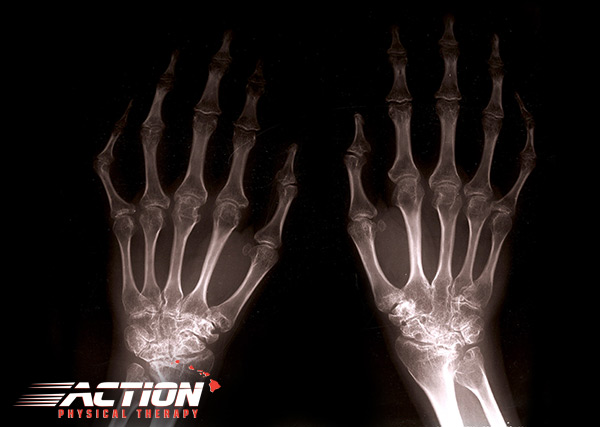
The space between the joints increases, causing the gases dissolved in the synovial fluid to form microscopic bubbles. These bubbles merge into large bubbles which then get popped by additional fluid which rushes in to fill the enlarged space.
Click here to watch a short video we found through the Richard Dawkins Foundation Web Site.
Chronic Neck Pain
A recent study reveals that an effective exercise regimen and its components regarding frequency, intensity, time and type (FITT) will improve Chronic Neck Pain.
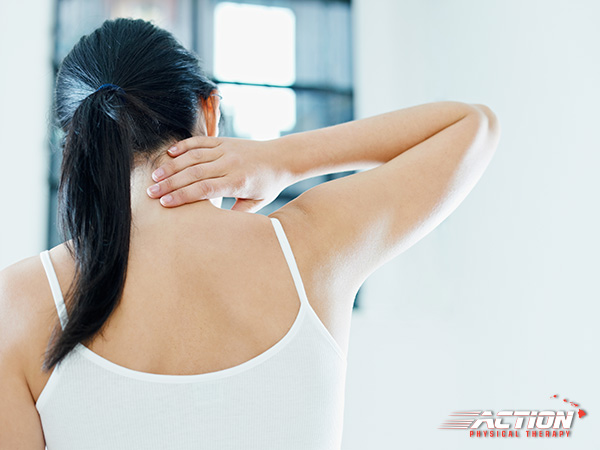
Chronic Neck Pain (CNP) is treated by many therapists with exercise therapy, but what delivers the best results? According to a recent study published by Elsevier Inc. / American Congress of Rehabilitation Medicine, the objective was to identify the most effective components in an active exercise physiotherapy treatment intervention for CNP based on the frequency, intensity, time, and type (FITT) exercise method.
The study revealed that education and exercise training has the most beneficial effect on reducing pain and improving function and quality of life in patients with CNP. It was also noted that targeting deep neck flexors through strength training has positive effects on quality of life when combined with endurance and aerobic training. Progress was seen in patients that performed 30-60 minutes exercise sessions at least three times per week for 6-12 weeks.
Click here to view the article posted on www.anatomy-physiotherapy.com’s web site.
Get a Massage. It’s Good For You!
There are lots of benefits of massage therapy. It can help pain management for cancer, insomnia, anxiety, multiple sclerosis, post-operative recovery and will help heal the heart.
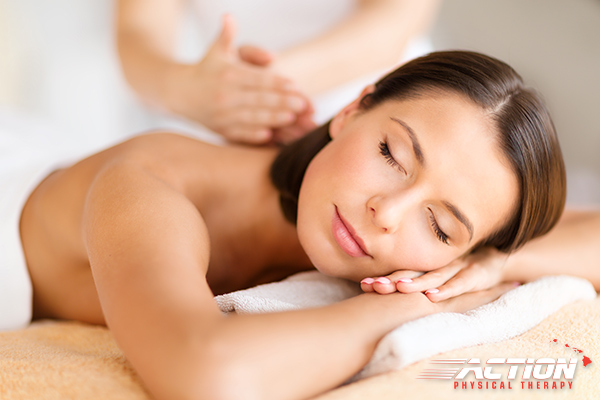
Many Americans suffer from high blood pressure and massage therapy can help you maintain optimal vascular health.
Long-term studies have shown that a consistent massage program can decrease diastolic and systolic blood pressure; decrease salivary and urinary cortisol stress-hormone levels; and lower sources for depression, anxiety and hostility.
If you or someone you know is looking for natural ways to help lower blood pressure, please contact our office today to set up an appointment with Cece our Certified Massage & Zen Muscular Therapist. (808) 246-0144
Click here to read Why Massages Really Do Keep You Healthy: A Cardiologist Explains
Paleo Diet & White Rice
So you thought white rice was bad for you. Plus you are on the Paleo diet, so you’ve been avoiding this Hawaiian pantry staple. Well think again. According to the Paleo Leap’s new article All About Rice it may not be as bad as you think.

This interesting and informative article breaks down the basics of carbs and Paleo diet and examines the differences between brown and white rice. It isn’t saying whether adding white rice to your diet is what you should do, but rather lays down the facts to see if it is right for you.
Click here to read All About Rice on Paleo Leap’s website and to learn more about the Paleo Diet.
Arthritis is a ‘Significant’ Factor in Falling Injuries
Adults with arthritis are injured in falls at a rate 2.5 times higher than for those without the disease, according to a new report from the US Centers for Disease Control and Prevention (CDC).
The findings, published in the CDC’s May 2 Morbidity and Mortality Weekly Report, showed that in almost all cases, rates of falls and falls injuries were “significantly higher” among adults 45 years and older with arthritis than those without.
To read more about this topic, please click this link.
Is Your Produce Clean or Pesticide-Laden?
Every fruit and vegetable you buy comes with a dose of poisonous chemicals, unless you are eating organic. But not all produce suffers from the same level of toxicity.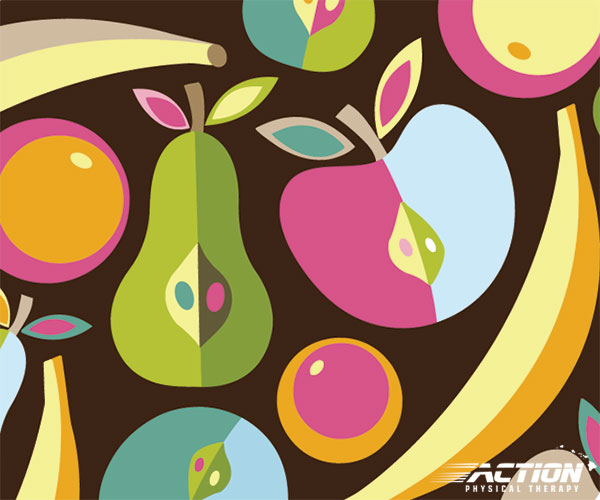
Thankfully the Environmental Working Group just released its annual list of the 15 cleanest and the 12 most pesticide-laden fruit and vegetables to help you decide what to put in your body.
The Dirty Dozen
The Environmental Working Group found these 12 pieces of produce to be most toxic:
1. Apples
2. Strawberries
3. Grapes
4. Celery
5. Peaches
6. Spinach
7. Sweet Bell Peppers
8. Nectarins – Imported
9. Cucumbers
10. Cherry Tomatoes
11. Snap Peas – Imported
12. Potatoes
The Clean Fifteen
The EWG found that the produce listed below are the least likely to hold pesticides residues, and have tested low for total pesticide concentration:
1. Avocados
2. Sweet corn
3. Pineapples
4. Cabbage
5. Frozen sweet peas
6. Onions
7. Asparagus
8. Mangoes
9. Papayas
10. Kiwis
11. Eggplant
12. Grapefruit
13. Cantaloupe
14. Cauliflower
15. Sweet potatoes
Click Here to Read the Full Article on Natural Society’s Web Site.




